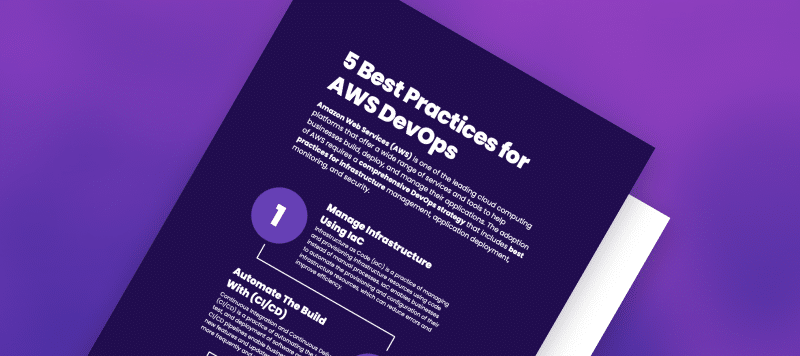Azure DevOps is a powerful suite of tools for software development and project management. With its cloud-based architecture, it offers many benefits to development teams, including scalability, flexibility, and collaboration. One of the key features of Azure DevOps is its API, which allows developers to automate tasks, integrate with other tools, and customize their workflows. In this article, we will explore Azure DevOps API and its capabilities.
What is Azure DevOps API?
Azure DevOps API is a REST API that allows developers to access and interact with Azure DevOps services programmatically. It provides a set of HTTP endpoints for a wide range of Azure DevOps services, such as Azure Boards, Azure Repos, Azure Test Plans, and Azure Pipelines. Developers can use these endpoints to automate tasks, integrate with other tools, and build custom applications and extensions.
Azure DevOps API endpoints are organized into areas and resources. An area is a logical grouping of related resources, while a resource represents an entity in Azure DevOps, such as a work item, a build pipeline, or a repository. Each endpoint has a URL, an HTTP method, and a set of parameters and options.
Capabilities of Azure DevOps API
Azure DevOps API provides a rich set of capabilities for developers, including:
- Querying and modifying data: Developers can use Azure DevOps API to query and modify data in Azure DevOps services. For example, they can retrieve work items, create new work items, update existing work items, or delete work items.
- Automating tasks: Developers can use Azure DevOps API to automate tasks such as creating new releases, triggering build pipelines, or generating reports. They can also use Azure DevOps API in combination with other tools, such as PowerShell or Azure Functions, to create more complex workflows.
- Integrating with other tools: Developers can use Azure DevOps API to integrate Azure DevOps with other tools, such as Slack, JIRA, or GitHub. This allows them to create more seamless workflows and reduce the need for manual intervention.
- Building custom applications and extensions: Developers can use Azure DevOps API to build custom applications and extensions that integrate with Azure DevOps services. This can help them customize their workflows and add new functionality to Azure DevOps.
How to use Azure DevOps API
To use Azure DevOps API, developers need to authenticate themselves and obtain an access token. They can then use this token to make HTTP requests to Azure DevOps API endpoints.
There are several ways to authenticate with Azure DevOps API, including:
- Personal Access Tokens (PATs): A PAT is a token that can be generated in Azure DevOps and used for authentication with Azure DevOps API.
- OAuth: OAuth is a standard for authentication and authorization that can be used with Azure DevOps API. It allows developers to obtain an access token from Azure DevOps and use it to make API requests.
- Azure Active Directory (Azure AD): Developers can use Azure AD to authenticate with Azure DevOps API. This requires configuring Azure AD and creating an application registration.
Once authenticated, developers can use Azure DevOps API endpoints to interact with Azure DevOps services. They can use tools such as Postman or Visual Studio Code to make API requests, or they can write their own code using a programming language such as Python or C#.
Conclusion
Azure DevOps API is a powerful tool for developers who want to automate tasks, integrate with other tools, and customize their workflows. It provides a rich set of capabilities, including querying and modifying data, automating tasks, integrating with other tools, and building custom applications and extensions. By leveraging Azure DevOps API, developers can increase their productivity and efficiency while maintaining high-quality standards. Reach out to the Valtira team of experts to learn more.

